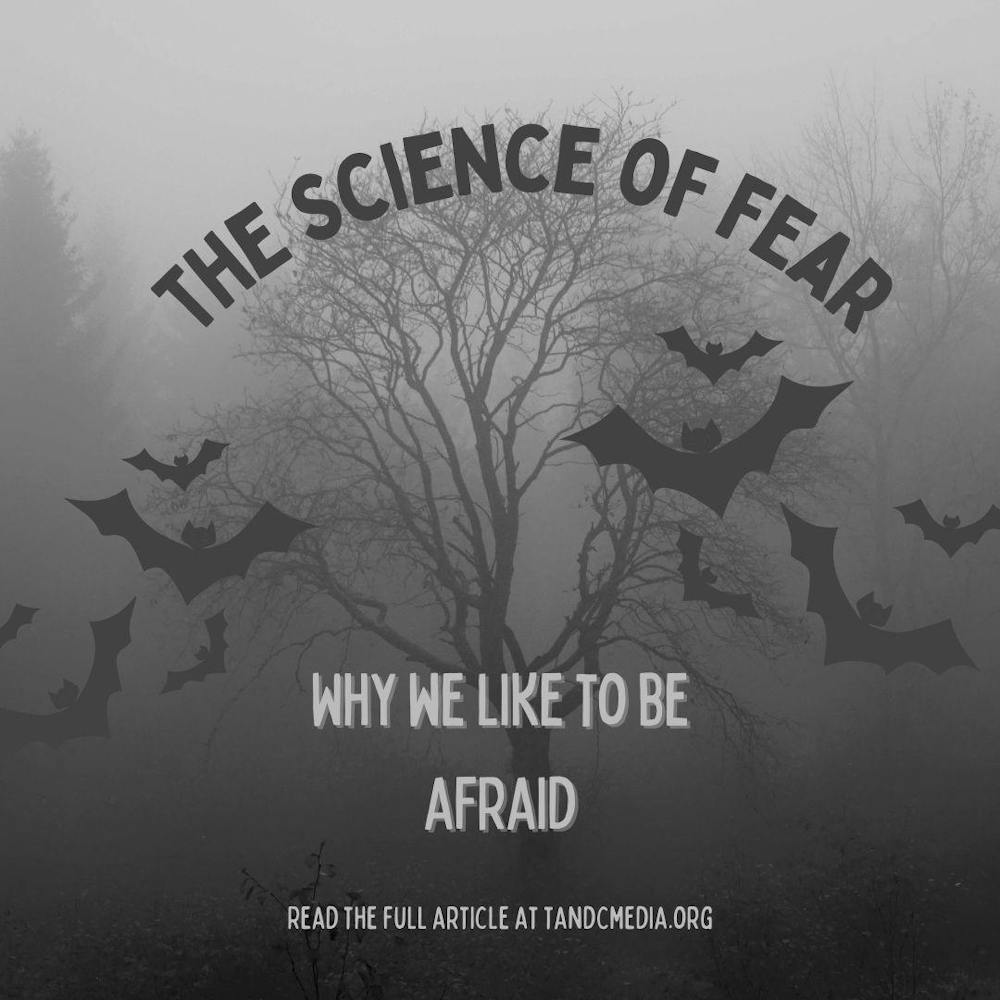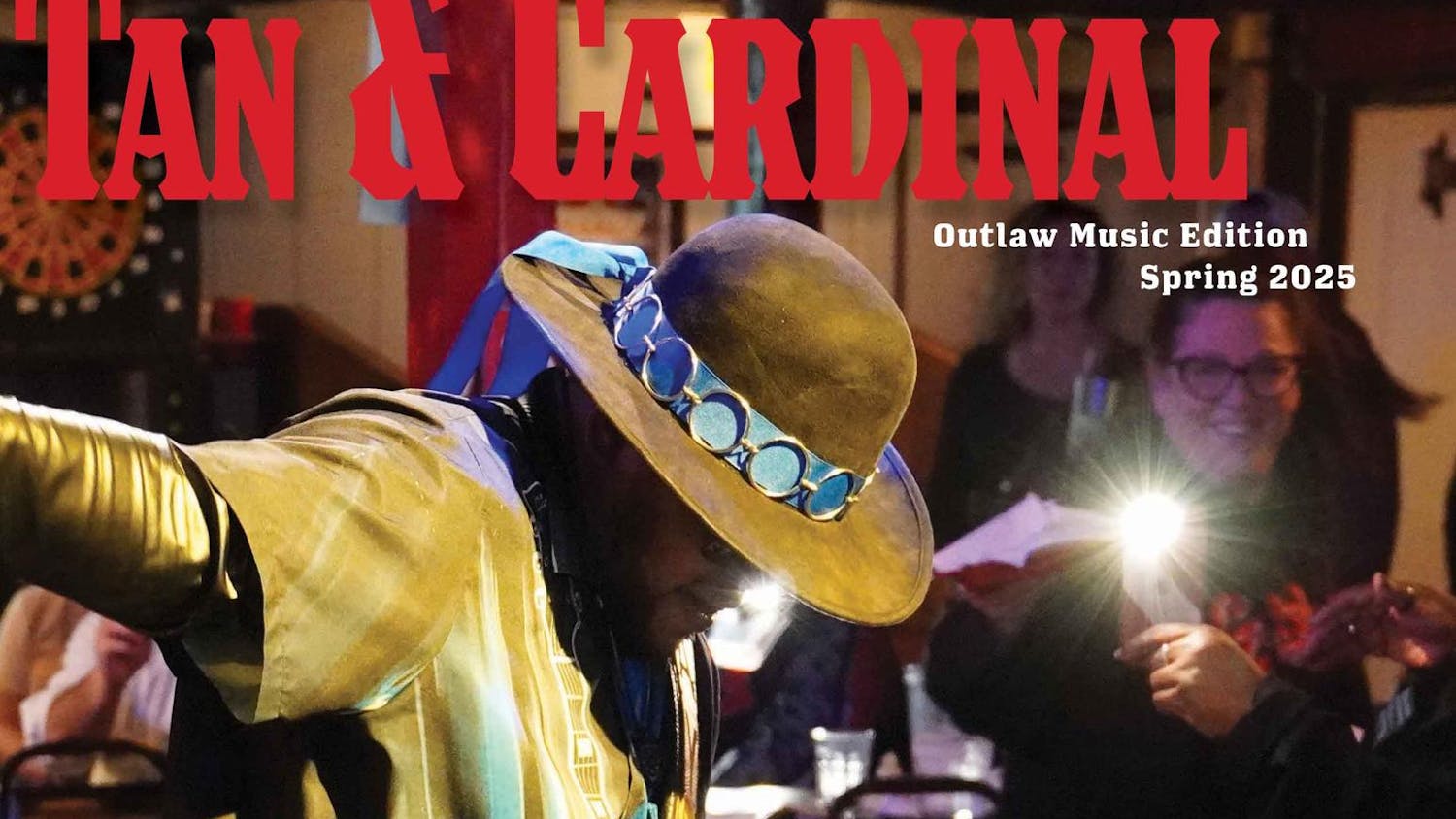As Halloween creeps around the corner, all things spooky are taking the lead.
From haunted houses to late-night horror movies, it is evident that people enjoy the thrill of being afraid. But why do some people find this negative emotion so much fun?
It is a mix of adrenaline and the opportunity to learn about and deal with the stress of fear in a controlled environment that drives the enjoyment of horror, researchers say. They call this “scary play.”
To learn more about this phenomenon, a group of researchers conducted a series of studies focusing on the benefits of fear and identified three general categories for people who like to be afraid: “Adrenaline junkies,” “white knucklers” and “dark copers.”
Adrenaline junkies are sensation-seeking individuals who often enjoy the thrill of fear. People like junior Ilham Ahmed, identify most with this type of fear fun.
“I love being scared,” Ahmed said. “I’m not scared easily. … I’m like let me see if I could be scared and then I never am, but it’s fun.”
For white knucklers and dark copers, the fun of fear is more about learning than adrenaline.
White knucklers use the humor of horror to cope with fear-induced stress, while dark copers draw from horror experiences to help them deal with the stresses of real life.
However, more generally it has been found by doctors that the social component of fear is another reason why people look forward to spooky experiences.
“I can watch scary movies, but I can’t watch them by myself,” said Sokhna Diop, a sophomore mechanical engineering major.
Diop is one of many who do not mind the feeling of being afraid but must have the social factor for it to be considered fun.
This is the effect of oxytocin, the chemical released in the brain responsible for making people feel closer and more bonded.
As the brain realizes a possible threat isn’t real, the stress of fear turns to dopamine. The dopamine releases a neurotransmitter known as serotonin which then triggers the release of oxytocin.
This reinforces the fun of being scared with friends on an October night.
But then there are people who relate more to Oliviya Manchester, a junior double majoring in marketing and business administration, who does not like to be afraid no matter the adrenaline rush or the social event she’ll miss out on.
“I just don’t like to be scared, period,” Manchester said.








